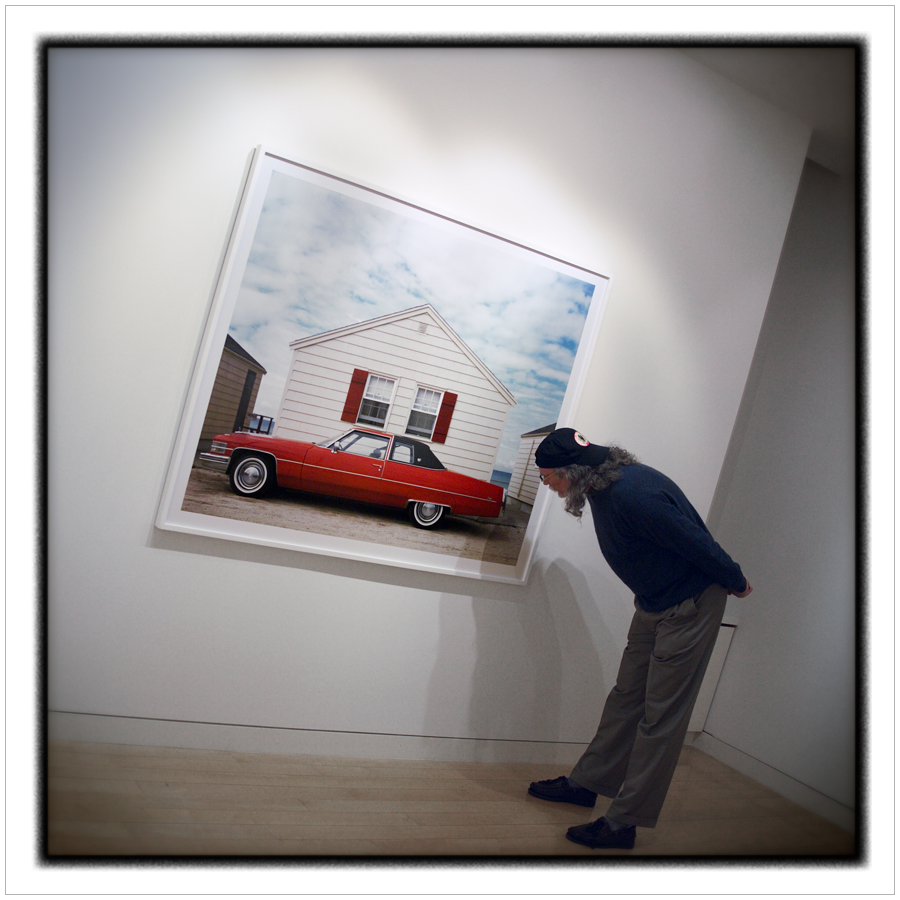fiddling while house burns ~ fireman taking a picture (embiggenable)
(embiggenable)
(embiggenable)
(embiggenable)
(embiggenable)
SPOILER ALERT: well, not really. However, this entry will divulge a key part of my intro for the Philosophy of Modern Pictures book/project. To wit….after a lot of thought and research, I have come to the conclusion that the more things change, the more they remain the same, or, as David Byrne sang, same as it ever was.
Ever since the introduction of the digital picture making age, there has been considerable caterwauling and lamentation-don’t get me started with the monochrome crowd who can tell you the day the music BW died-re: the landmark, tradition changing, revolution about how picture making has change. To which I call, BS.
A far as I can see, sure, sure, light sensitive picture making substrates has changed from film to digital, print making has changed from the wet darkroom to the desktop / software ”darkroom”, and making good pictures, technically wise, has gotten easier BUT, paraphrasing Robert Adams…"
“…the only thing that is new in art [insert “photography’ here] is the example: the message [insert “photographs” here] is are, broadly speaking, the same-coherence, form, meaning.”
In other words, the medium and its apparatus are still inexorably / intrinsically a cohort of the real. That is, we all continue to make pictures of real-world referents-you know, people, places, things. Sure, sure, the tools have changed, but the “message” remains the same.
Of course, one could argue, what about all that special effects / filters / digital constructions stuff? Answer: one of the earliest “movements” in photography was Pictorialism and continued through the ages with Jerry Uelsmann as one of many prime examples. However, virtually all of their works, aka: acts-of-the-imagination pictures, start with pictures of referents snatched from the real world.
iMo, and that of many others, those making acts-of-the-imagination pictures are not photographers. In point of fact, they are artists-often referred to as photo artists-who employ the tools of the medium and it apparatus to create images, not photographs. And, there ain’t nothin’ new ’bout that activity.
So, from my point of view (literally-how I see the world-figuratively-my picture making vision), everything is the same as it ever was.

